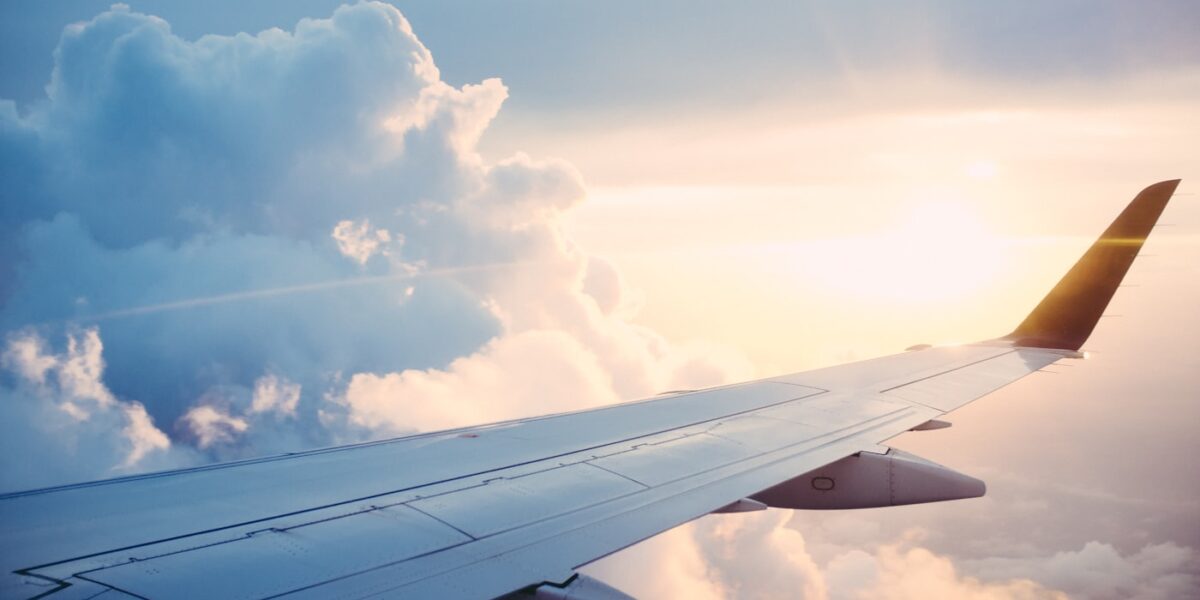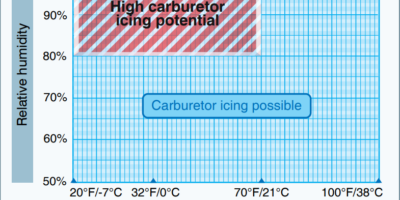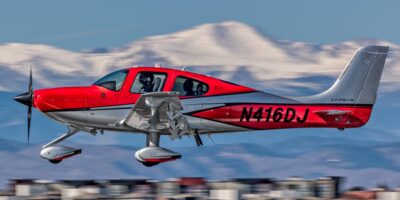So you’re trying to decide between a Cessna 182 and a 206. I get it – they look similar, they’re both Cessna high-wings, but man, they’re built for completely different missions. The real question isn’t which is better, it’s what do you actually need to do with it?
Quick Answer: The 182 is your speed demon – cruises faster, burns less gas, perfect for weekend cross-countries. The 206? That’s your cargo hauler. Carries way more weight, has that huge cargo door, but you’ll pay for it at the fuel pump (about 2-3 GPH more). If you’re flying solo or with one passenger most of the time, get the 182. Hauling families and camping gear to backcountry strips? 206 all day.
Performance – Where They Actually Differ
The 182 cruises at 140-145 knots and climbs at a decent 900 fpm. Useful load runs around 1,000-1,100 pounds depending on how loaded up the panel is. Burns 12-14 GPH, which isn’t terrible. Seats four people pretty comfortably.
Now the 206 – it’s slower, I’ll be honest. You’re looking at 130-135 knots cruise and only 700 fpm climb. But here’s where it shines: 1,500-1,600 pounds of useful load. That’s huge. Yeah, it’ll burn 15-17 GPH, but when you need to move six people or load up mountain bikes and coolers, nothing else comes close in the single-engine world.
Backcountry Work
Both’ll handle dirt strips just fine. The 206 has bigger tires (8.00×6 vs the 182’s 6.00×6) and beefier landing gear – you’ll feel the difference on rough strips. And that cargo door? Game changer. Try loading a cooler or mountain bike through a standard door. Not fun.
But here’s the thing – the 182’s lighter, so it gets off quicker. In Idaho backcountry where strips are short and surrounded by trees, that lighter weight means better climb in thin air. Nimble beats brute force sometimes. I’ve seen 182s get in and out of places that made 206 pilots sweat.
What It’ll Cost You
Fuel’s the obvious difference – that extra 2-3 GPH adds up to about $50-75 more per flight hour. Over a year of flying, we’re talking real money.
Engine overhauls? Pretty similar. Both run Continental IO-520s or IO-550s. You’re looking at $35K-45K every 2,000 hours. Might as well just start setting aside $20/hour now and forget about it.
Buying? A decent 1970s 182 runs $150K-200K. The 206 starts around $180K-250K. Newer ones? Don’t even ask. We’re talking $400K+ for 182s and over $500K for 206s. It’s insane.
Which One Makes Sense?
Look, the 182’s the better all-arounder if you’re flying for fun. It’s faster, cheaper to feed, and honestly more enjoyable to fly. Better in IMC too if you’re instrument rated.
The 206 is a working airplane. If you’re running a backcountry charter, flying your family of five around, or hauling gear to remote camps, the utility is worth every penny of that extra fuel burn. That cargo door alone pays for itself.
Real Talk
Here’s what I tell people – rent both for a weekend. Take the 182 on a cross-country. Load up the 206 with all your camping stuff and fly to some backcountry strip. You’ll know pretty quick which one fits your mission.
Most weekend pilots are better off with the 182. It’s faster, cheaper, and you don’t need a thousand pounds of cargo capacity to bore holes in the sky. But if you’re the guy who’s always got four people and their gear, or you want to do serious backcountry work, the 206’s worth every extra gallon.
Both’re solid airplanes with great support. You really can’t go wrong either way – just depends what you’re actually gonna use it for.
Join the Aircraft Insider Community
Get exclusive backcountry flying tips, aircraft reviews, and Western aviation destinations delivered to your inbox.
✈️ No spam, ever. Unsubscribe anytime. Privacy respected.




Leave a Reply